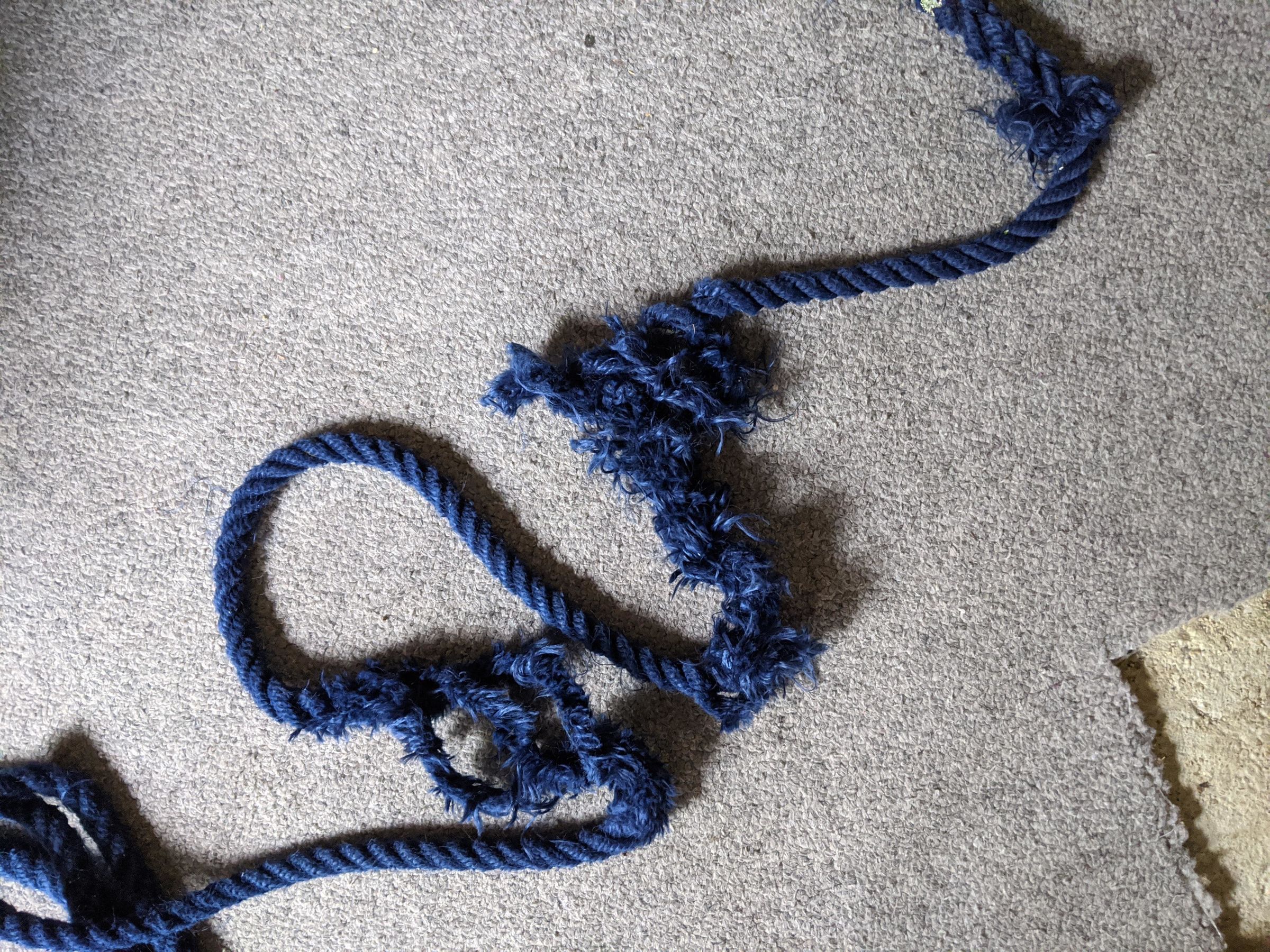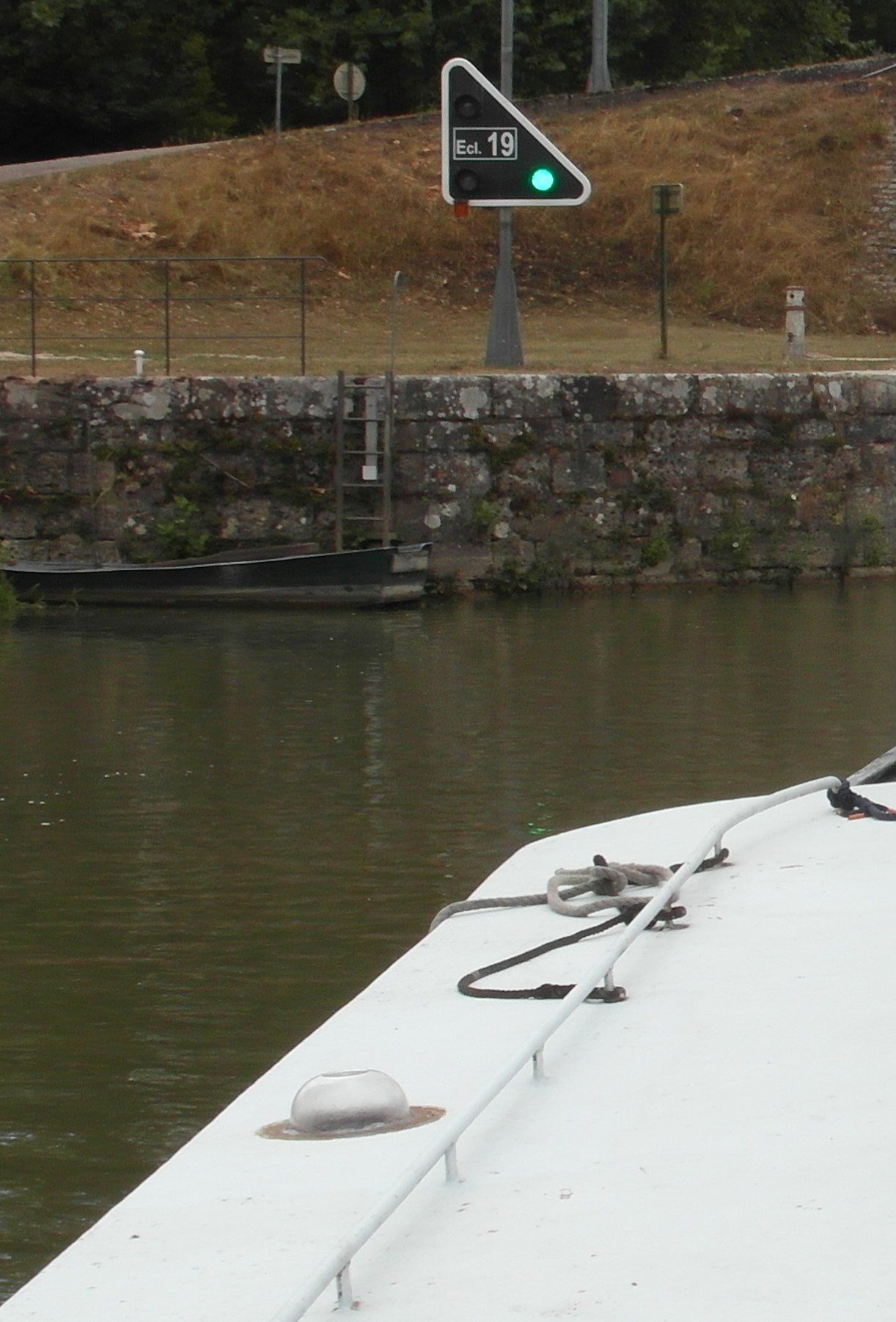-
Posts
880 -
Joined
-
Last visited
Content Type
Profiles
Forums
Events
Gallery
Blogs
Store
Everything posted by Onewheeler
-

2nd time holiday boater - help turning at Oxford
Onewheeler replied to ddaann_99's topic in New to Boating?
There's plenty of room at Port Meadow to wind, be careful as the edges are shallow. There's a nice customer mooring by the Perch there. The bushes upstream of Sheepwash have nice places to moor, free and quiet. Officially 24 h but the sign is very well hidden. East Street is free for the first 24 h and was almost empty last week. Below Osney Lock it is feasible but not attractive to moor. Opposite Christchurch Meadow is usually full of long term boats but there is always space and it's nicer if you get further away from Folly Bridge. Good mooring above Iffley lock and it's usually quiet. Isis Farmhouse pub at Iffley is open except Tuesdays and has a huge riverside garden. -
I buy my 15W/40 minérale from French supermarkets. 11€ for 5 L is typical. It fits in the back of the car next to the wine.
-

2nd time holiday boater - help turning at Oxford
Onewheeler replied to ddaann_99's topic in New to Boating?
Down Isis lock, wind and back up. There was plenty of space to tie up above the lock a week ago. The trains are sometimes noisy there. Beware however, some of the marked mooring areas further up the canal in Oxford are shallow at the edge (in some cases due to edging stones having fallen in and causing obstruction). Come in cautiously (always a good idea!) -
I wouldn't let it put you off the purchase. Several steps: 1 do nothing 2 check the engine specs for max speed unloaded and full power. I don't know that engine, but unloaded is probably a bit over 3000 rpm and loaded about 90% of that. 3 See what engine speeds you can get to with prop disengaged and in gear on open deep water. You'll get a quick indication from that of whether you are overpropped, underpropped or about right. 4 Do some speed trials in open, deep water. You'll soon find the point at which the front end tries to go up, the back goes down and you could surf on the wake. That depends on the hull shape. 5 See how long it takes for the engine to overheat, if at all, at near that speed. Depending on hull shape you might be happy with max speed before overheating, or decide to do something about it. 6 There are phone apps which will report your speed to a precision of 0.1 km/h. I've got gps speedometer, distance meter from Smart Mobile Tools. There are many others. 7 if you can do 9 or 10 km/h in a narrowboat without overheating you're doing better than many. My boat is comfortable at 9 km/h, and slowly overheats at 10 (more when the water is cold).
-
Yes, worth trying it out and characterising it thoroughly before committing to a fairly expensive modification. The area of the skin tank isn't the full story: the baffles and tank thickness have a big influence on the thermal performance. My tank is a bit undersized according to the Beta estimate, but I've had no overheating problems since fitting a well-matched prop.
-
The question must be asked whether 40 hp is useable. How big is the boat? I've got 38 hp in my 15.5m nb and have never gone over 2200 rpm for more than a minute or two out of a max rpm of 3000 (and I've been on plenty of rivers in conditions which were marginal). At some point the hull just pulls down and the wash goes up. The advantage of an oversized engine is that it can run with less stress if the prop is matched. So, how big is the boat and how big is the current skin tank?
-

The machine stops (followed by white smoke!)
Onewheeler replied to pedroinlondon's topic in Boat Building & Maintenance
What did the white "smoke" smell like? If it was unburnt diesel or engine fumes, it would smell much different to steam. Steam could come from condensation or general wetness somewhere, but I can't see anything getting hot enough to make steam in a few seconds. I guess if the crankcase were overpressurising you might get vapours being blown out of the oil filler if it's not firmly tightened down. -
91 V (I make it 92 and a bit volts) is the open circuit voltage at -5 C (OP's estimate) or -20 C (mine). It is just about credible if the batteries were disconnected / refusing to take charge but the panels were still connected (which shouldn't happen, but might). 8 V margin is in any case plenty for something like this.
-
I have had 80% of maximum theoretical power out of our panels once, and they were flat on the wheelhouse roof. That was halfway down France though.
-
Looks about right for a reasonable temperature spread (if you're series connecting on a 12 V system). You'll only get that current under exceptional circumstances, and all (most?) MPPT controllers will current limit before they destroy themselves. A 100 V / 50 A controller will be more than adequate. In reality unless you're tracking the sun accurately and you're somewhere sunny you won't lose much with a lower current output controller. It's easier with a 24 V system!
-
You won't get a straight answer but I have one boat with 12 V and one with 230 V. When the 12 V one dies (which it shows no sign of doing although 25 years old) it will be replaced with a 230 V one. A decent inverter plus mains fridge is generally cheaper than a low voltage fridge. If cost is a key factor, there's not that much difference in energy consumption between A+ and A++ fridges but lots of £££. It is worth checking what ambient temperature a mains fridge is designed for, there are several bands. Our mains fridge is on a boat in France and only used in warmer months, and was chosen for higher temperature ratings. Most, but not all, fridges have a wide band of suitability nowadays. The key parameter is the quiescent current consumption of the invertor. Some go into "sleep" mode if there is no power demand, and it is said that they may be reluctant to start a fridge or low power lighting. I can't comment further, others doubtless will. An invertor for a fridge needs to be rated at several times the running power to cope with starting transients. We run a small domestic fridge (about 70 W measured power consumption when the compressor is running) off a 1 kW continuous rated invertor with no problems, and could probably go lower.
-

What have you fettled for the boat today?
Onewheeler replied to Captain Fizz's topic in Boat Building & Maintenance
Not fettled, but it begins with "f". I let the missus give the new-ish but dirty centre line a gentle wash. -

‘Elastic’ metal filler for roof plates
Onewheeler replied to Proteus's topic in Boat Building & Maintenance
A steel boat has welded joints. Why do you want to hide it? -
You should be able to get something very nice for that. Look at the small ads on the DBA web site (you have to join, but if you're serious about boating on the mainland it's worth it even if only for the waterway guides which are updated by members). If you do decide to buy on the mainland, France is reputed to be much more expensive than the Netherlands.
-
There are plenty of CART checkers walking the Oxford canal close to the Thames junctions. Don't be tempted to try to avoid a licence there. On the Thames, some people avoid a licence, especially between the Oxford and the K&A, by moving the boat outside lock-keeper hours. It's surprising how many boats you see at night. There are EA boat patrols but few and far between. I've never noticed an EA checker on foot (other than the lockies who keep an eye on their moorings).
-
The DBA barges.org is a good place for advice on purchase. The torykip special policy might make VAT on movements complicated and I have no idea what the current position is. I've got a 1/6 share in a barge which works for me, but if buying, and especially for the summer months, I would go for something under 15 m and probably cruiser style rather than barge (although Piper do some lovely boats under 15 m). The reason is that moorings in marinas etc are becoming very much geared to boats under 15 m or 12 m - lots of finger pontoons. Fewer issues with width, pretty much all moorings will take something of 4 or 5 m. As far as trying is concerned, you won't learn much on a hotel boat. Plenty of hire options, Le Boat is everywhere. Don't forget that someone on board must have CEVNI, an ICC and VHF ticket if owning a boat in France. For hiring you just get in and go.
-
Good plan.
-
I bought one from Halfords. Probably cheaper elsewhere.
-
Is an 8mm to 6 mm compression not near enough for 5/16" pipe? It's only 62.5 micron difference.
-
We've got them on our bunkering tanker. I replaced one with a plastic pudding basin as a temporary job five years ago. It's still there. The self-tapping screws holding the vent on from the outsdie had rotted, and the sealant used appeared to be polyfiller. The others on the boat are good after putting some proper sealer around the rims. I think one can still buy them.
-

Splashback on Juno - wot glue
Onewheeler replied to magpie patrick's topic in Boat Building & Maintenance
If you want to take it off soon, strip the carpet and use self-adhesive velcro to hold the panel on. Or a couple of screws. -
The actual cabin is very short - maybe 20 ft or so? Quite a small space even for one person. It's not clear what's under the tarp at the stern. The centre steering is perhaps a bit unconventional (but not unheard of), I'd want someone experienced to check the arrangement as problems could be expensive. MIght be OK but the price asked seems a bit generous.
-
I prefer liquid PTFE for most applications: https://www.screwfix.com/p/flomasta-ptfe-liquid-50g/5321j It's less fiddly than tape.
-
Actually, at DAB frequencies a typical window will be about the right size to act as a slot antenna / coupler. A bit small for band 2 FM. Portholes not much use. A wooden front door is the right size for FM coupling. It might be interesting to try connecting the two long sides of a window to a cable as a slot dipole.
-
The OP appears to want a portable radio, not a car radio.





